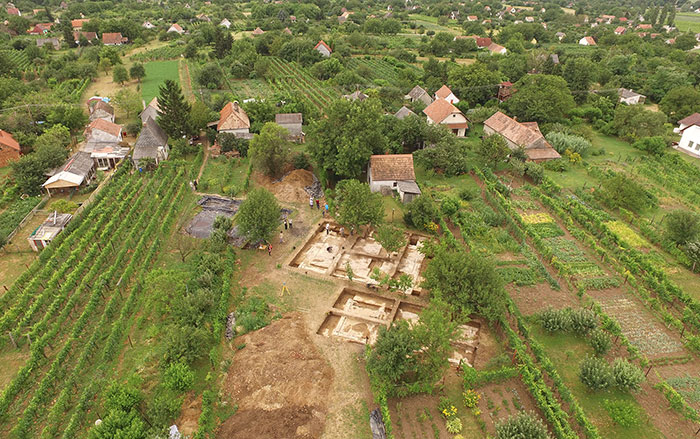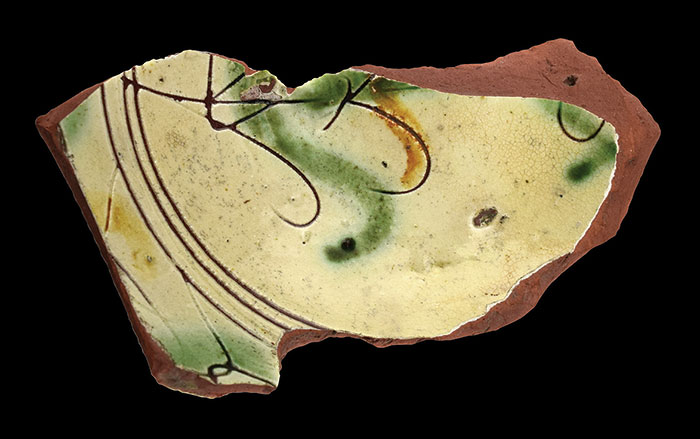
BORDEAUX, FRANCE—According to a Cosmos Magazine report, grooves etched into a small piece of flint some 35,000 years ago could represent Neanderthal symbolic art to convey information. Ana Majkic of the University of Bordeaux and her colleagues say the edges of the flake, which was unearthed at the Kiik-Koba archaeological site in Crimea, show the marks were not made before the flake was struck from a larger stone, and they reject the possibility that the stone was manipulated in order to create powder, or as a way to record a count. They add that the flake is too small to have been used as a cutting or scraping tool, and may have been crafted for the purpose of carrying the engravings, which they say were deliberately started and ended, and made with two pointed tools. For more, go to “A Traditional Neanderthal Home.”










